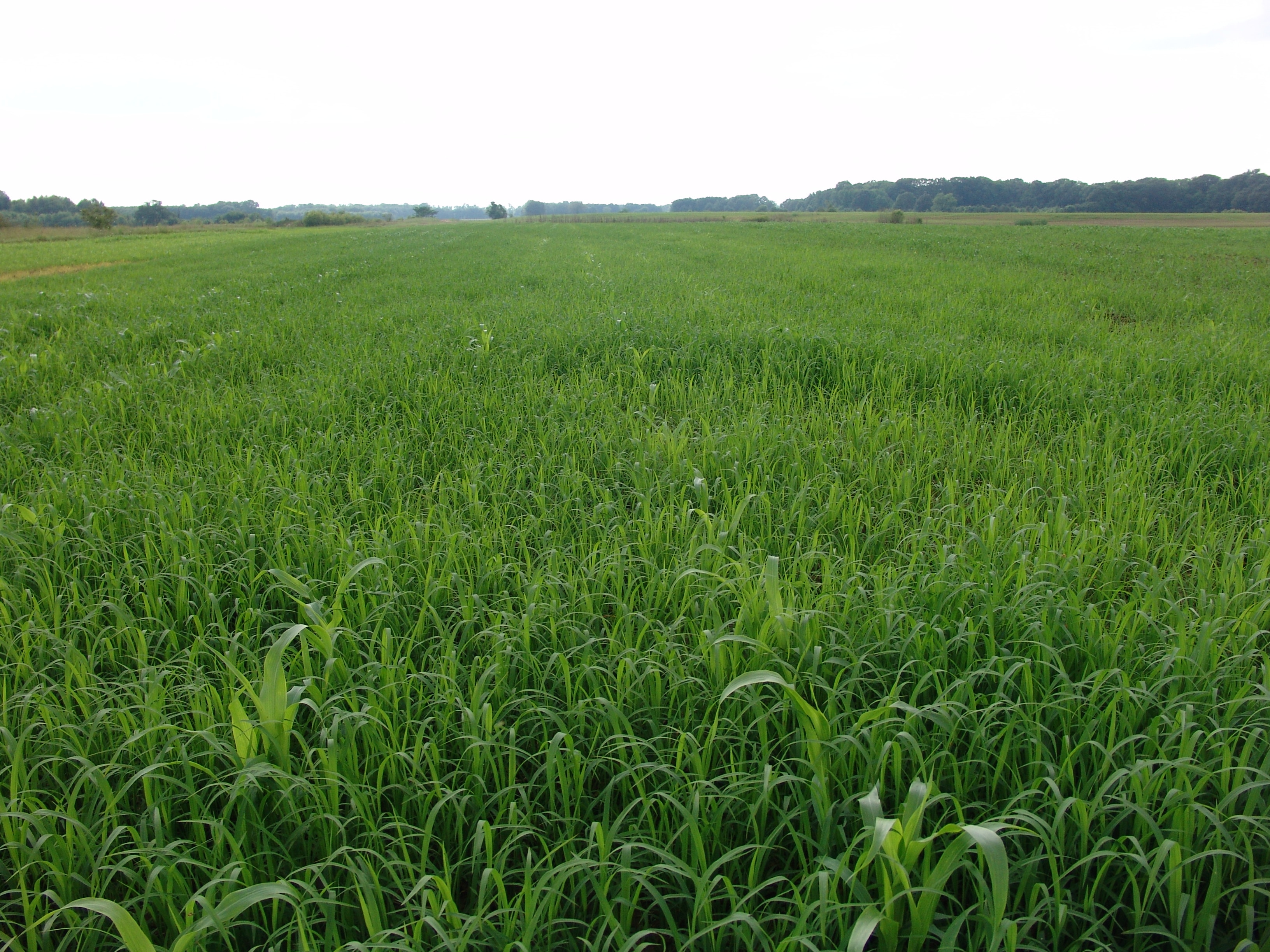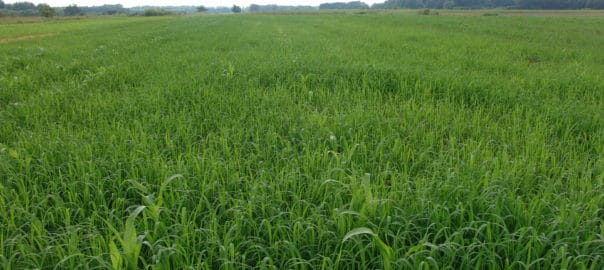Barnyardgrass has been confirmed glyphosate-resistant in Tennessee. Field and greenhouse research conducted over the past few years strongly suggested glyphosate was no longer effective on barnyardgrass sourced from fields in some southwest Tennessee counties. Just in the last few month laboratory research conducted by USDA weed scientist Dr. Vijay Nandula at Stoneville, MS confirmed the mechanism of glyphosate-resistance (GR) as reduced translocation.

Barnyardgrass now joins goosegrass, Johnsongrass and Italian ryegrass as confirmed glyphosate-resistant in Tennessee. What is interesting is that the level of glyphosate-resistance in these grass species is relatively low (2 to 4 times) which is much less than glyphosate-resistant levels we struggle with in Palmer amaranth (10 to 20 times).
However, that low level of glyphosate-resistance is very significant if you consider that glyphosate is never applied alone. It has been almost always applied with herbicides like Flexstar and more recently dicamba which antagonize the effectiveness of glyphosate on these grass species enough to magnify the resistance many fold. In other words, the barnyardgrass has not so much evolved resistance to glyphosate but to the fashion in which glyphosate is being used.
Of course most of soybean and cotton will be Xtend in 2018. That trait will be no help in controlling these GR grass species. It is well known that dicamba can hinder the effectiveness of glyphosate on even susceptible grass species. Therefore one could make an argument that the widespread use of the Xtend trait could accelerate the spread of this problem.
So how do we manage these glyphosate-resistant grass species? What most applicators have done in recent years is to add clethodim to the tankmix. Many have found that tankmixing 4 ozs/A of a 3 lb clethodim product or 6 ozs/A of a 2 lb clethodim in with the glyphosate is the most cost effective way to manage these glyphosate-resistant grass species.
The fear is that even clethodim resistance could evolve if that is all that is being added to the weed management program. Therefore residual grass herbicides like Dual Magnum and Zidua will be very important to use in soybean and cotton to slow down the development of clethodim-resistance in this barnyardgrass that glyphosate no longer controls. Moreover, cultural weed management practices like cover crops, tillage and planting crops in narrow row widths should be integrated with these herbicides to help manage barnyardgrass.


